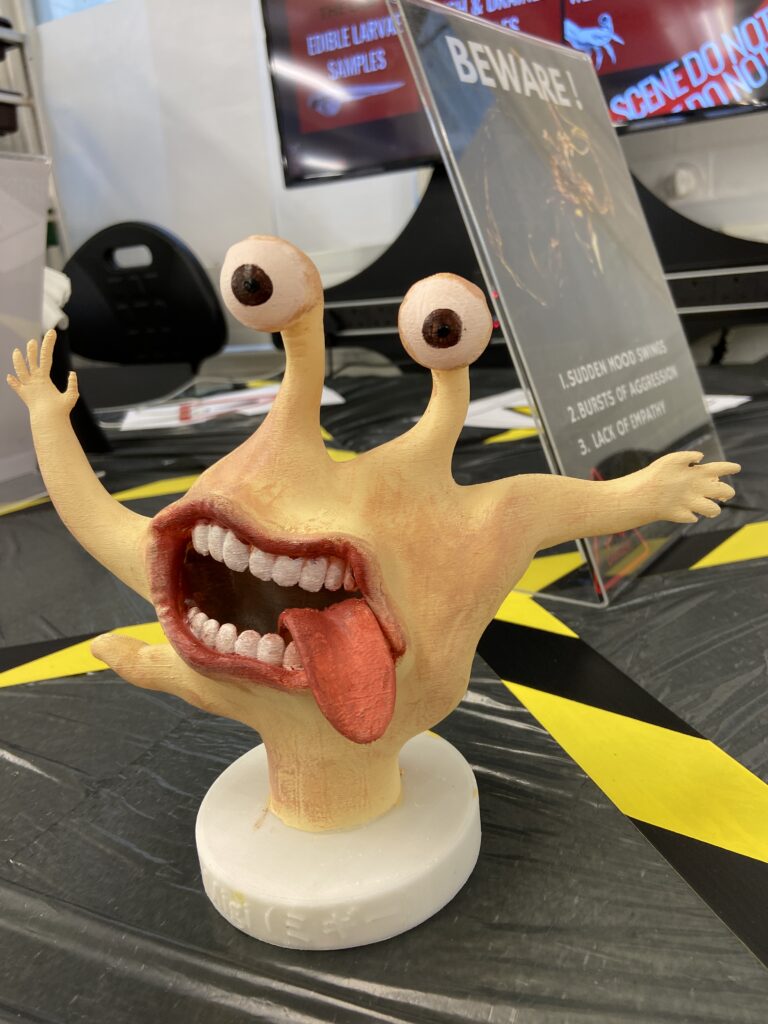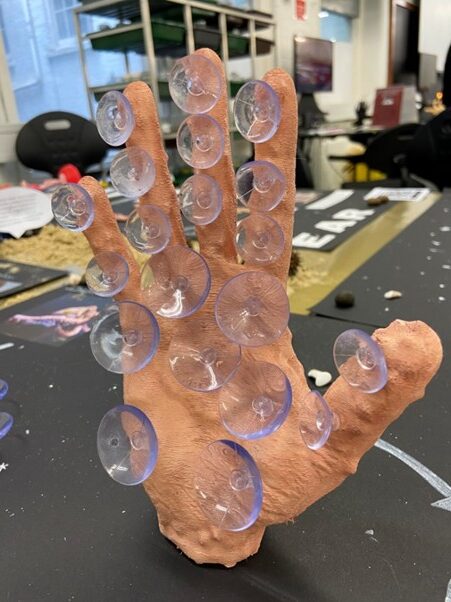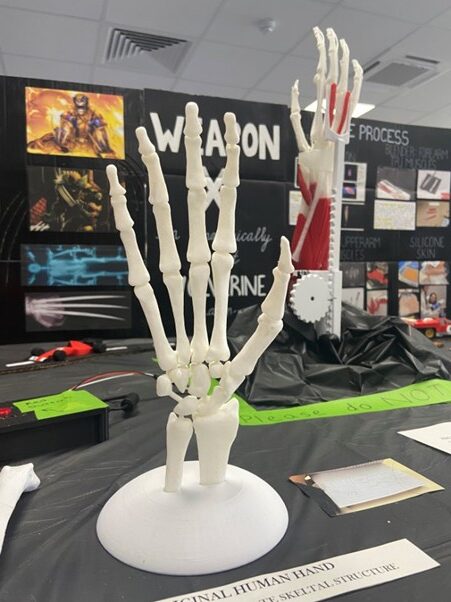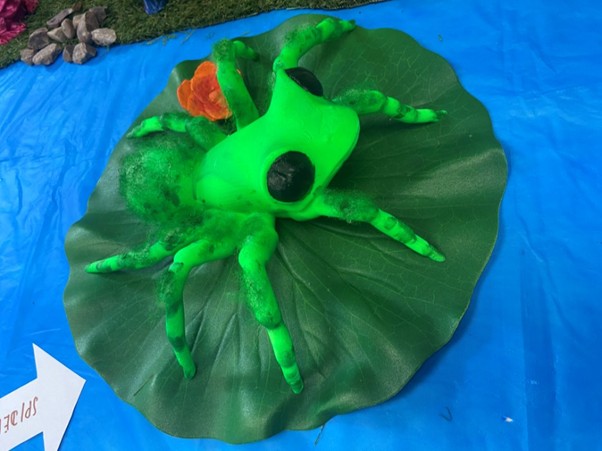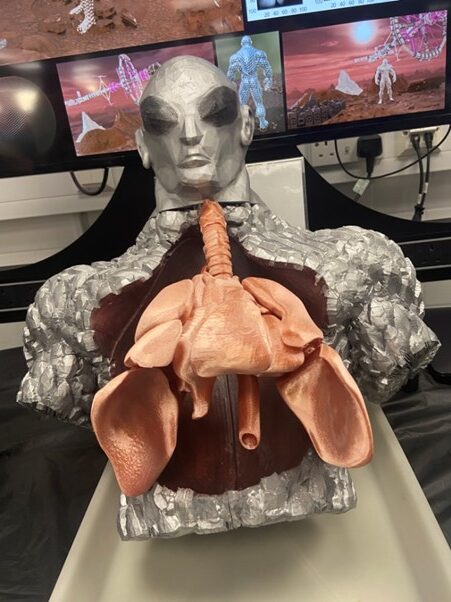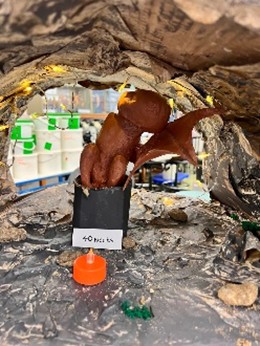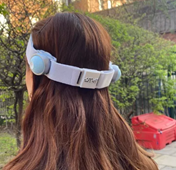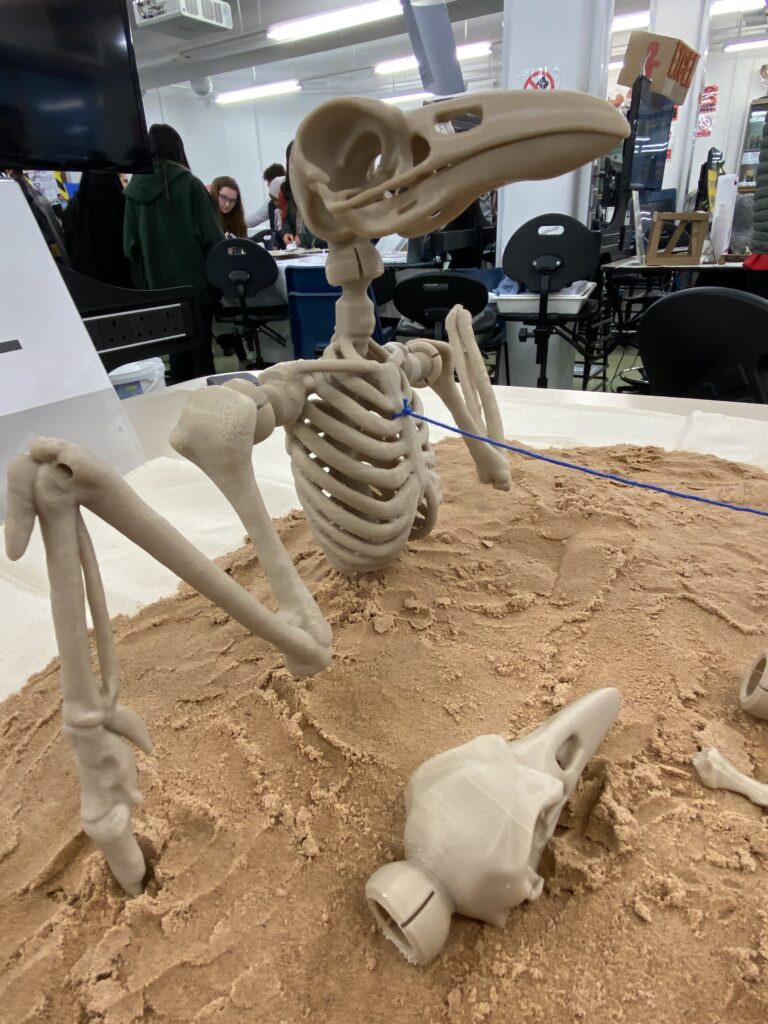Parasyte
2022/2023 cohort This project is a detailed exploration of a fictional parasite, “Parasyte,” from its larval stage to its detection and abilities. The exhibit includes physical models and diagrams that illustrate the parasite’s characteristics and its life cycle. The parasite’s physiology and abilities include shape-shifting, rapid healing of injuries, unnatural strength, and the development of […]
